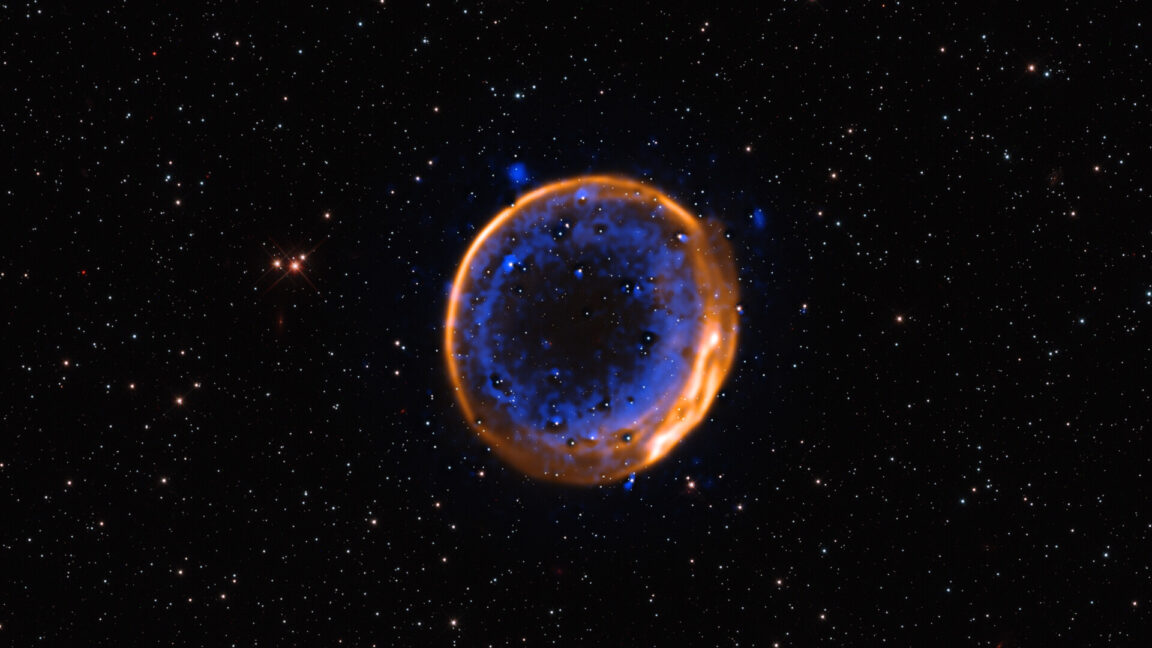
"Type Ia supernovae provide a consistent measure of distance in astronomy due to their uniform explosion intensity, crucial for understanding the Universe's expansion."
"White dwarfs typically ignite fusion when they reach a critical mass, which occurs when additional material is added. However, an alternative explosion hypothesis challenges this."
"The concept of 'double detonation' supernovae suggests a small explosion on a white dwarf's surface can restart fusion without reaching critical mass."
"Observations of supernova remnants lend credence to the existence of 'double detonation' supernovae and provide insights into their explosive mechanics."
Type Ia supernovae serve as vital tools for measuring astronomical distances due to their consistent explosion intensity, which has helped track the Universe's expansion and the influence of dark energy. Typically, these phenomena occur when white dwarf stars acquire enough mass to restart fusion and explode. However, an emerging hypothesis suggests an initial surface explosion can also trigger fusion in white dwarfs that have not yet reached critical mass, supported by observations of supernova remnants indicating double detonation events may exist.
Read at Ars Technica
Unable to calculate read time
Collection
[
|
...
]